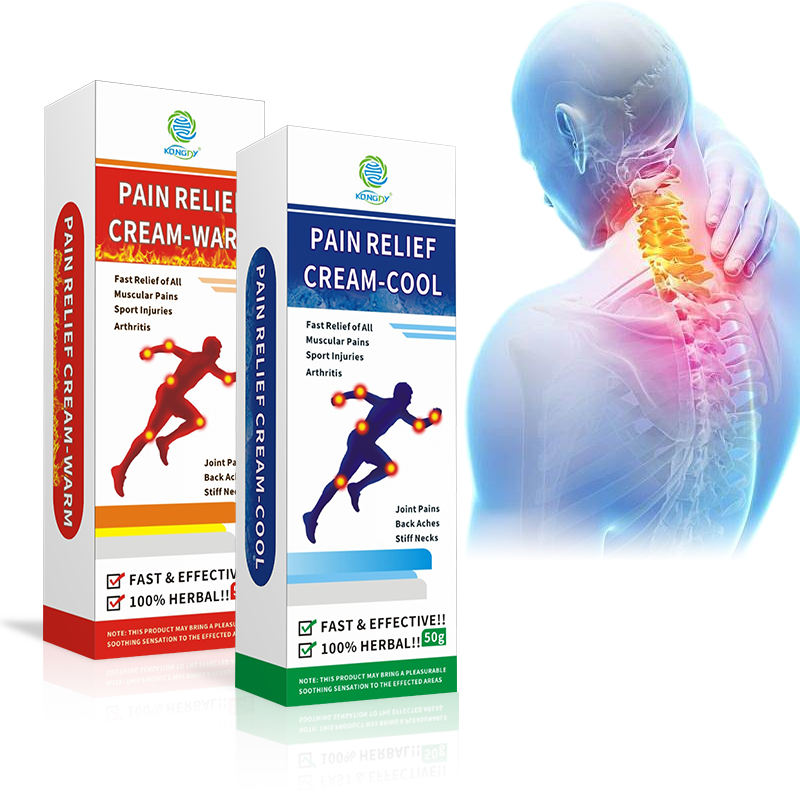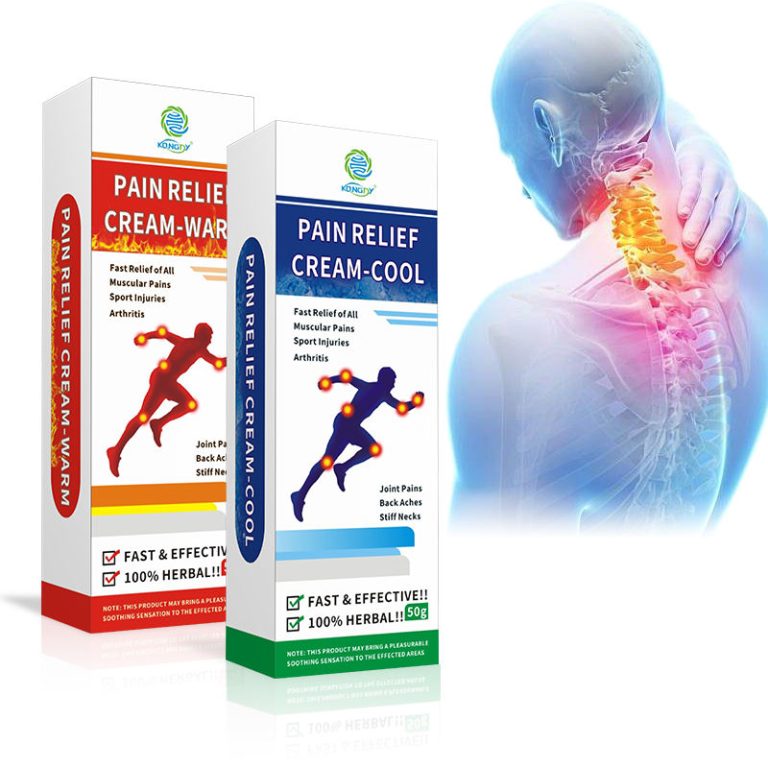Pain cream, a topical analgesic, has become a popular solution for managing localized pain. Unlike oral medications, pain creams are applied directly to the skin, targeting specific areas of discomfort. This method allows for quicker relief, as the active ingredients penetrate the skin and work directly on the affected muscles, joints, or nerves. Common ingredients in pain creams include menthol, capsaicin, lidocaine, and anti-inflammatory agents like arnica or camphor. These components work together to reduce pain, inflammation, and stiffness.

One of the key advantages of pain cream is its minimal side effects compared to oral painkillers. Since the medication is absorbed through the skin, it bypasses the digestive system, reducing the risk of stomach irritation or other systemic issues. This makes pain cream an excellent option for individuals with sensitive stomachs or those who cannot tolerate oral medications. Additionally, pain creams are easy to use and portable, making them a convenient choice for on-the-go pain relief.
Pain creams are particularly effective for conditions like arthritis, muscle strains, and nerve pain. For example, capsaicin-based creams are known to alleviate arthritis pain by depleting substance P, a chemical involved in transmitting pain signals. Similarly, menthol-based creams provide a cooling sensation that distracts the brain from pain. However, it’s essential to follow the instructions on the label and consult a healthcare professional if pain persists or worsens.
In conclusion, pain cream offers a targeted, convenient, and low-risk solution for managing localized pain. Its versatility and effectiveness make it a valuable tool in pain management, providing relief for a wide range of conditions.






